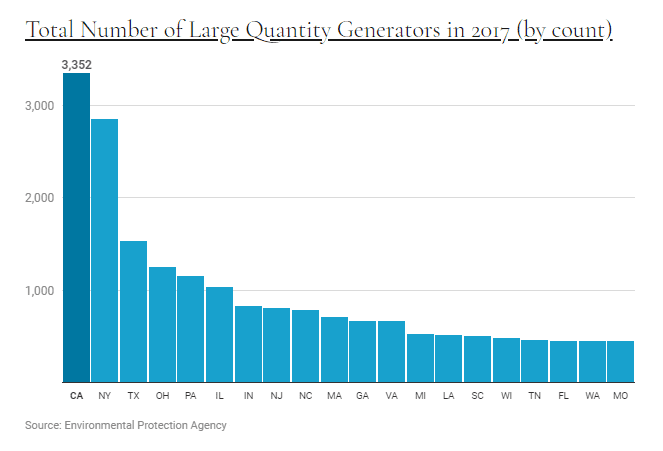
2019 Biennial Report: Impending Deadline & Important Changes
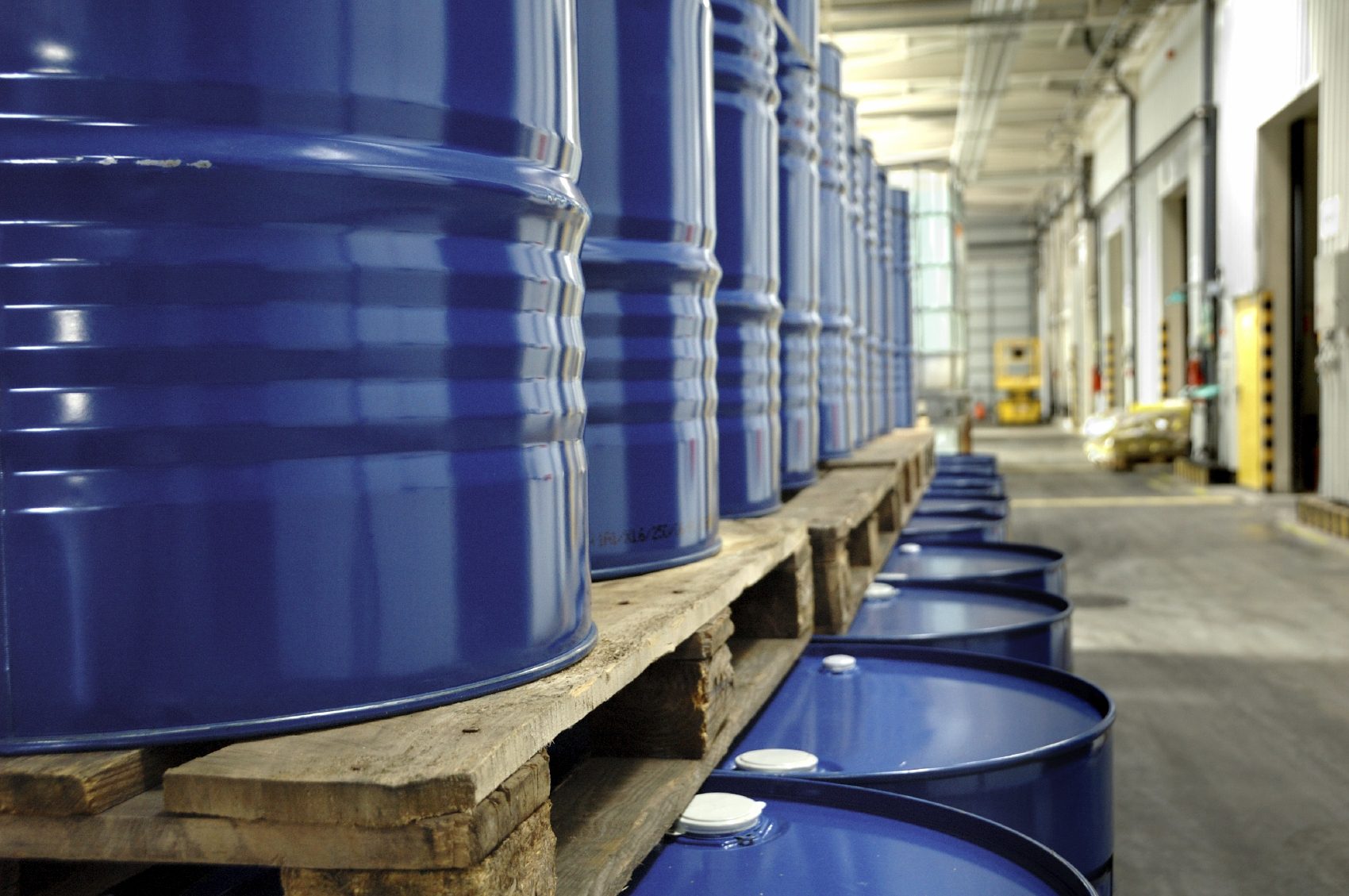
Written by: Virginia McCormick, NES, Inc.
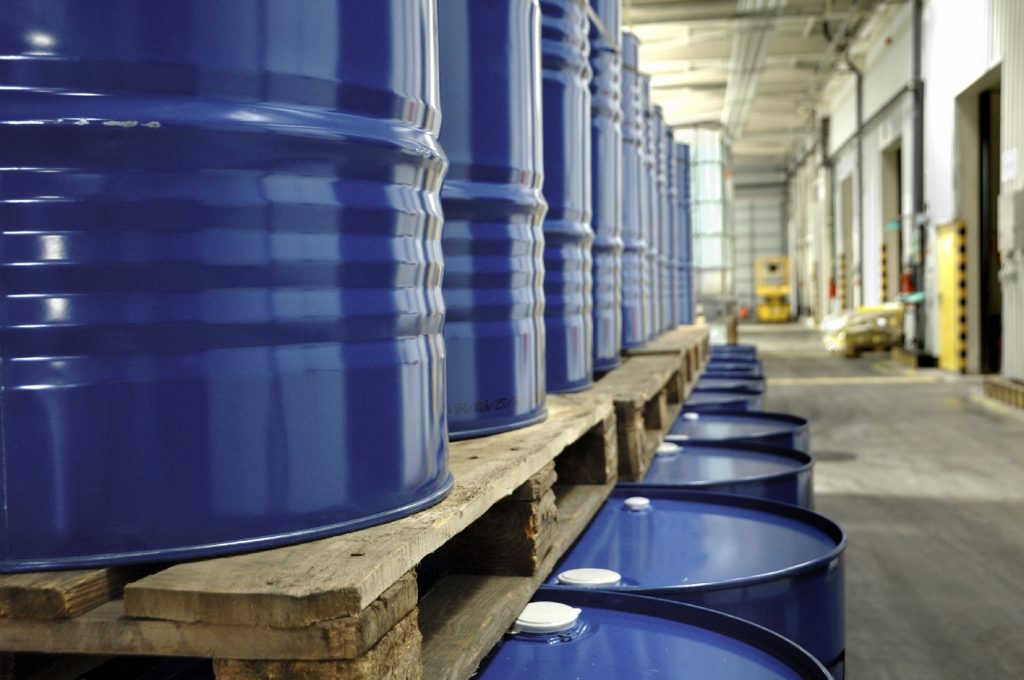
California’s large quantity generators of hazardous waste may be affected by new reporting changes to the 2019 Biennial Report cycle.
2019 Biennial Report Cycle Closing Soon
As the March 1st deadline gets closer, RCRA large quantity generators (LQGs) of hazardous waste only have a little over a week left to submit their 2019 Biennial Report. And while much of the reporting process remains the same since 2017, the United States Environmental Protection Agency’s (EPA’s) Hazardous Waste Generator Improvements final rule (Generator Improvements Rule) has brought two new changes for generators to consider.
EPA’s Resource Conservation and Recovery Act (RCRA) laws and regulations require LQGs across the country to produce a Biennial Hazardous Waste Report – otherwise known as a Biennial Report – once every two years. California’s Department of Toxic Substances Control (DTSC), which manages the State’s hazardous waste, has opted into the federal RCRAInfo Biennial Report system for the 2019 cycle.
The Biennial Report describes each hazardous waste stream generated at the business, how each waste is generated, and the quantities. These wastes are defined by EPA and regulated by RCRA, while State-defined hazardous waste is excluded. The report shows how each waste is treated, recycled, or disposed. Only LQGs are required to submit a Biennial Report.
There are several uses for Biennial Report data, such as “planning and developing regulations, compliance monitoring, and enforcement.” Biennial Report data also allows EPA and DTSC to determine whether its regulations are having the desired effect on the generation and management of hazardous waste.
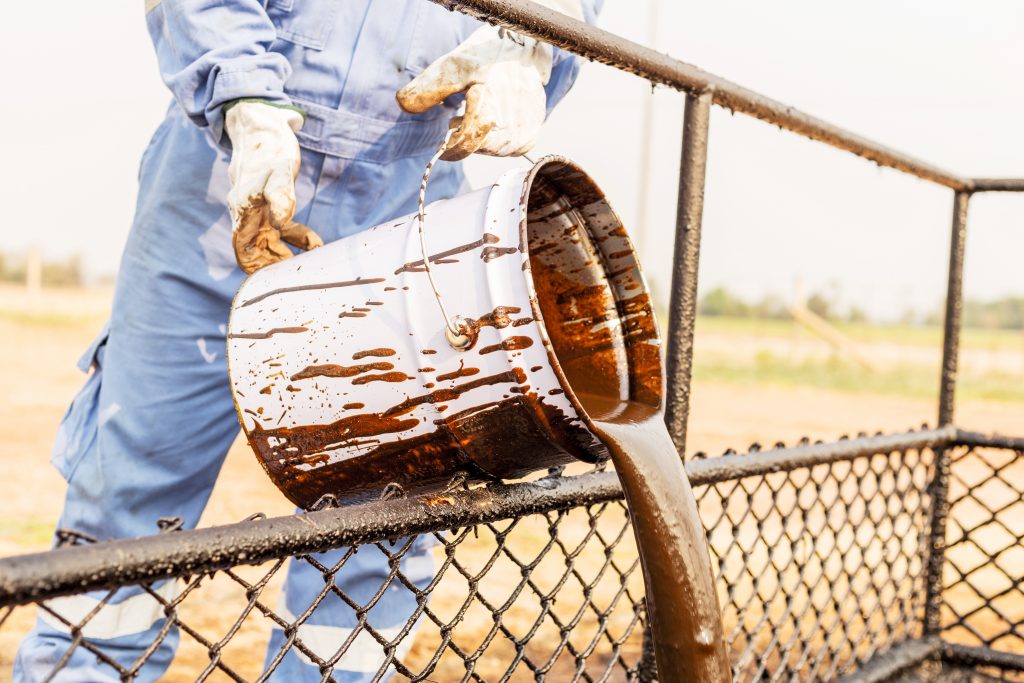
Federally recognized hazardous waste, such as discarded petroleum products, must be accurately identified and accounted for in a facility’s Biennial Report.
For example, Biennial Report data provides information on whether waste management has changed from one method of disposal to another, and what a change like that might mean for the surrounding environment. Additionally, California’s Certified Unified Program Agencies (CUPAs) may also use Biennial Report data to support planning, fee assessment, compliance monitoring, and enforcement throughout their jurisdictions.
For more information about California CUPAs and the Unified Program, see the June 2019 NES article California CUPA Overview: Enforcing the CalEPA Unified Program.
Changes for the 2019 Biennial Report Cycle
On October 28, 2016, EPA’s Generator Improvements Rule was signed, and it was published a month later in the Federal Register. Along with finalizing certain flexibilities for very small quantity generators (VSQGs), the rule clarified several sections of federal hazardous waste generator regulations.
The Generator Improvements Rule clarifications directly impact the Biennial Reporting qualifications in two important ways:
- Generators must submit a report identifying all types of RCRA hazardous waste generated during the entire year, rather than just the months during which the facility was at an LQG level
- Recycling facilities that do not have a RCRA storage permit must now report hazardous wastes that are being recycled
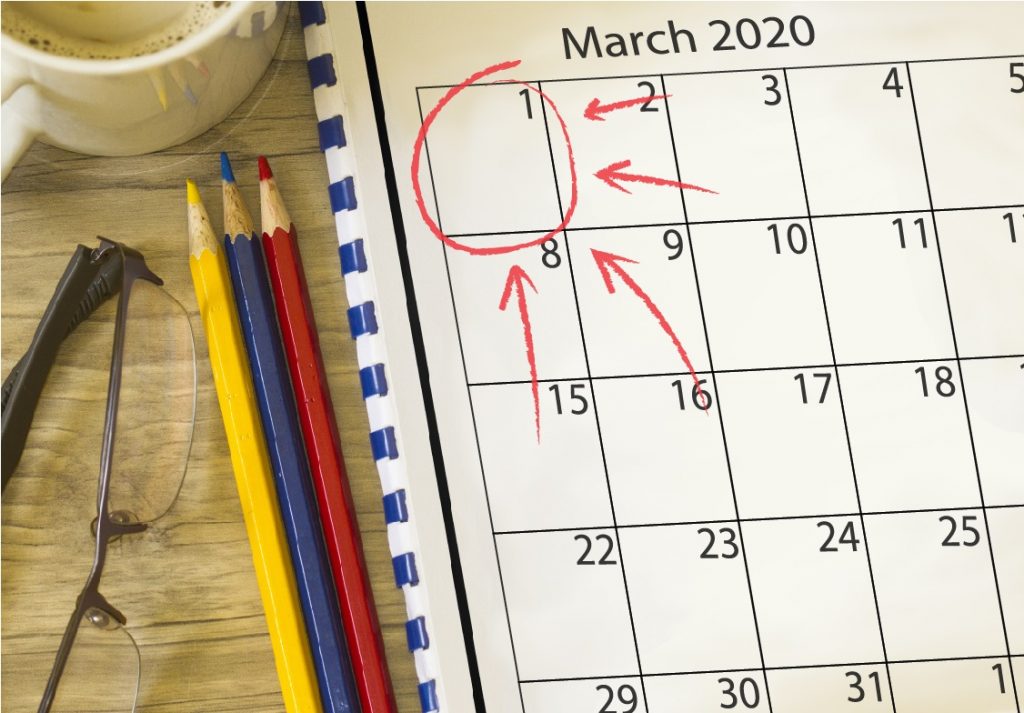
With the March deadline quickly approaching, large quantity generators of hazardous waste should file their 2019 Biennial Report soon.
Reporting the Entire Year, Not Just Select Months
Prior to the EPA changes, hazardous waste generators were only required to report the months that their facility was at an LQG level. Following the changes, if a generator is classified as an LQG during any month of the year, the generator is then required to complete the Biennial Report for all the waste generated in that year – not just the waste generated in the months during which it was an LQG.
Recycling Facilities Without Storage
Facilities that recycle but do not store hazardous waste under a valid RCRA storage permit must now submit a Biennial Report, thereby reporting all hazardous waste being recycle at the facility. Previously, facilities that received hazardous wastes from off-site and recycled those wastes without first storing them were subject to minimal requirements.
Prior to the 2019 Biennial Report cycle, these changes had not been implemented. The Generator Improvements Rule became effective on May 30, 2017 – after the reporting cycle for that year. The 2019 reporting cycle marks the first cycle since the rule was made effective. According to EPA, these changes were made in an attempt to “clarify regulations and strengthen environmental protection,” while ensuring businesses still maintain the flexibility to operate effectively.
Past Biennial Report Data Shows California as Major Reporter
RCRA establishes federal rules and regulations in order to manage hazardous wastes from “cradle to grave” – a concept that ensures hazardous waste is handled in a manner that protects human health and the environment. To this end, there are specific regulations for the generation, transportation, and treatment, storage, and disposal of hazardous wastes. The 2019 Biennial Report is one of many EPA regulations that support this principle.
Data from the 2017 Biennial Report shows California leading the nation in the total number of large quantity generators, with 3,352 facilities listed. (Source: An Overview of Hazardous Waste Generation)
2017 Biennial Report data showed over 35.1 million tons of hazardous waste generated by 25,000 active generators across the United States. According to EPA, generation of hazardous waste can be attributed to many factors, such as the economy, supply and demand, and waste minimization activities.
California topped the 2017 data in total number of LQGs filing a Biennial Report – 3,352 facilities. New York and Texas followed with 2,853 and 1,534 facilities, respectively. However, California generators only accounted for approximately 0.32 % of the total hazardous waste reported in 2017. Over 95% of all hazardous waste generated in 2017 came from Texas, Louisiana, Mississippi, Ohio, and Kansas, according to EPA data.
EPA and its state partners have been collecting hazardous waste generation data from LQGs through the Biennial Report since the 1980s. The 2019 Biennial Report, once it is completed and processed, will likely provide similarly useful data.
2019 Biennial Report and NES
While the two final rule changes from 2016 may result in additional reporting duties this cycle for certain California LQGs, the reporting requirements remain the same for 2019. As always, EPA requires the following to be submitted electronically (via the RCRAInfo website) for a valid 2019 Biennial Report:
- EPA ID number
- Facility name and address
- Quantities and nature of RCRA hazardous waste generated
- Whether the hazardous waste was sent to a recycling, treatment, storage, and disposal facility
For over 30 years, NES has been providing environmental consulting and numerous EH&S training services on behalf of a wide array of public and private businesses and government agencies. With our expertise in Title 22 / RCRA hazardous waste management training and consulting, we can help your business navigate the 2019 Biennial Report. If you need training or have questions regarding hazardous waste regulatory requirements for your facility, please contact us at office@nesglobal.net or 916-353-2360 / 1-800-NES-ADVISE.
References:
EPA Final Rule: Hazardous Waste Generator Improvements
EPA: Resource Conservation and Recovery Act (RCRA) Laws and Regulations
DTSC: The 2019 Biennial Report
22 CCR 66262.41. Biennial Report
EPA: RCRA Subtitle C Reporting Instructions and Forms
Categories of Hazardous Waste Generators: Large Quantity Generators (LQGs)
Hazardous Waste Generator Improvements Final Rule (PowerPoint)

